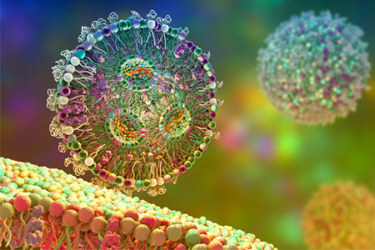Regulatory Considerations For Excipients Used In Lipid Nanoparticles

Lipid excipients and delivery systems, such as lipid nanoparticles (LNPs), are crucial for a range of therapeutic applications, including chemotherapy, gene therapy, analgesics, vaccines, and respiratory, ocular, and antifungal applications. These excipients and delivery systems often play a vital role in achieving the desired bioavailability. For instance, mRNA vaccines rely on lipids to protect the nucleic acid from degradation and promote cellular uptake, which is necessary for antibody generation.
Given their critical function in drug products, the purity and safety of novel synthetic lipid excipients must be thoroughly demonstrated. These excipients have unique physicochemical properties and can potentially interact with other ingredients or the physicochemical environment, making adherence to stringent regulatory standards vital—standards that are often as rigorous as those applied to the active pharmaceutical ingredient.
Review the regulatory classification of lipid nanoparticles, liposomes, and novel excipients as well as specific requirements outlined in regulatory guidance documents and strategies to navigate emerging regulatory challenges.
Get unlimited access to:
Enter your credentials below to log in. Not yet a member of Outsourced Pharma? Subscribe today.
